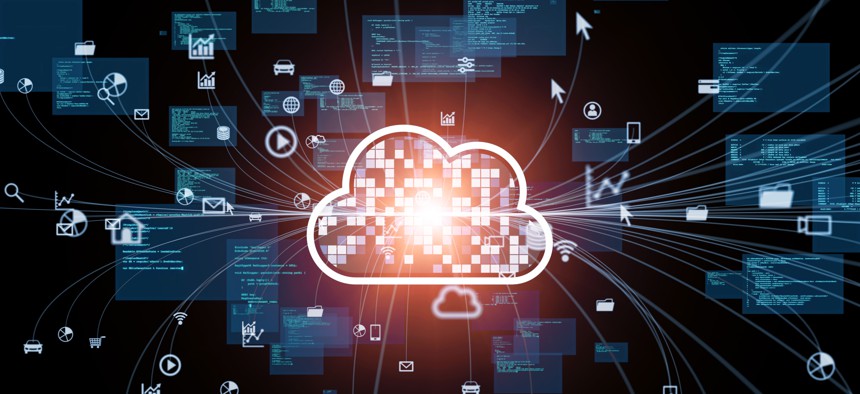Maximizing once-in-a-lifetime funding through incremental changes

metamorworks/Getty Images
By automating manual processes, migrating to the cloud and enhancing data security, agencies can deliver tangible improvements on citizen and employee experience.
Legislation passed by the Biden administration has released unprecedented levels of funding to state and local governments, collectively investing $350 billion in state, local and tribal governments, including funding specifically designated for IT modernization initiatives.
For many local governments dependent on legacy systems, digital transformation can sound intimidating and disruptive. But IT modernization can be achieved with incremental changes such as automating select manual processes, cloud migration, enhancing data security and streamlining workflows. Even small measures can collectively deliver tangible improvements on citizen interactions and employee satisfaction.
Adopt a citizen-centric mindset
The first step state and local government organizations should take when modernizing is identifying what changes they can implement immediately that still support their overarching IT modernization goals. For instance, digitizing applications that rely on paper forms will help agencies speed up processing, while also allowing them to meet broader modernization goals.
Digitizing documents can raise valid concerns for government agencies. Without veracity certifications and encryption, PDFs can be impersonated and are vulnerable to malicious edits or metadata spillage. Luckily, available tools can ensure document authenticity via encryption and can remove or redact sensitive metadata before publication. Once security is assured, the benefits of digitization are unlimited.
Digitizing repetitive manual processes via automation and artificial intelligence ensures timeliness and accuracy for critical citizen-government interactions. For example, the Office of the Treasurer & Tax Collector for the City and County of San Francisco uses automation to send timely communications to taxpayers with the status of their requests. The office has nearly halved the time needed to create and send property tax bills while simultaneously eliminating errors through automation. Moreover, by clarifying payments, taxpayers are filing fewer waivers and delivering more payments on time.
State and local agencies can use the newly available funding to make further practical improvements that address constituent needs, such as ensuring their websites are easy to navigate on mobile devices and meet section 508 compliance.
Digitization supports government workers
Modernization is just as important for improving the employee experience as it is for customer experience. Integrating applications and familiar industry solutions can seamlessly expedite lengthy onboarding procedures or the management of valuable documents, enabling government employees to collaborate with ease in hybrid and remote environments.
For example, Seattle was able to expedite document signatures from over three weeks to two hours after adopting a secure e-signature solution. Simple improvements with minimal required training are proven to bolster employee satisfaction. Plus, the time saved can be repurposed to address mission-critical citizen services.
Another easy modernization move is consolidating applications. State and local agencies should conduct a thorough review of their current applications, which is likely to expose redundancies. Reducing unnecessary tasks results in improved workflows increasing employee experience.
To best identify existing weaknesses in processes and cultivate the capabilities and solutions citizens use in their personal lives, governments should partner with industry to develop and implement secure, familiar interfaces. Citizens should expect to have easy-to-use applications and efficient processes when engaging with the government. For state and local governments, the time is now – the funds are available to make real, incremental changes.
Brendan Curley is vice president of public sector business development, digital media with Adobe.





